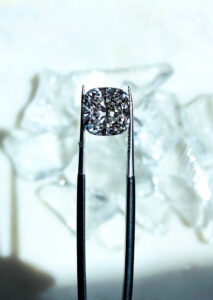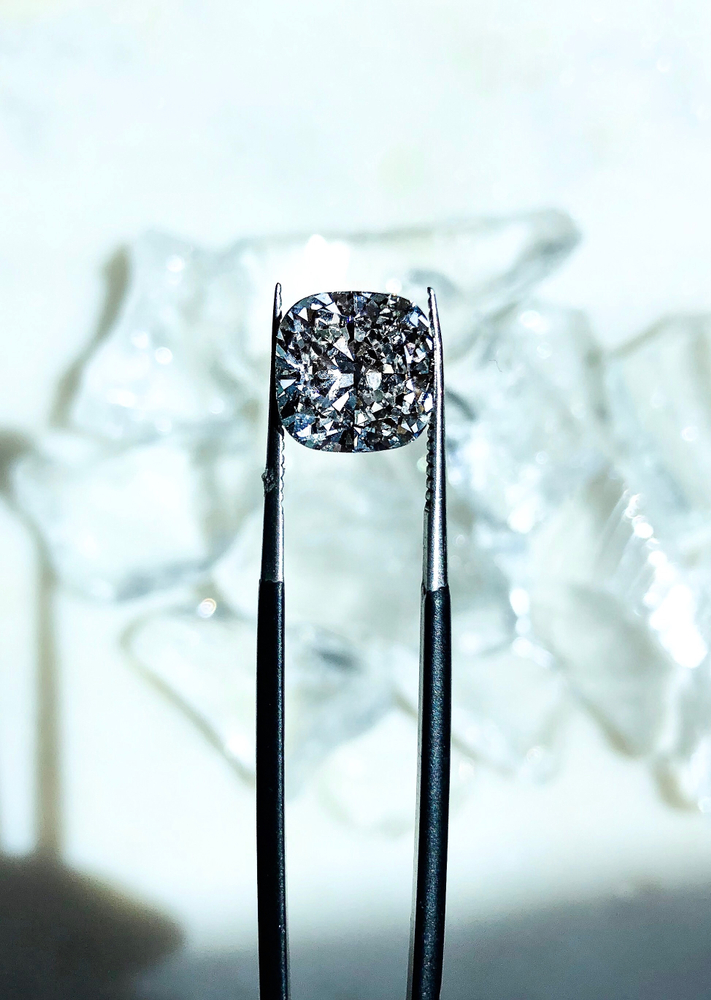
In today’s fast-paced world, the Influence of Use-and-Throw Culture in artificial diamonds has raised significant concerns about sustainability, ethics, and the future of the diamond industry. As society’s values shift towards environmental consciousness and responsible consumerism, it is crucial to understand the implications of this culture on the production, consumption, and disposal of artificial diamonds.
Disposable Aesthetics: The Fast Fashion Approach
The rise of use-and-throw culture, often associated with fast fashion, has permeated various aspects of consumer life. This culture encourages frequent purchases of low-cost items with a short lifespan, contributing to a throwaway mindset. Similarly, the allure of owning multiple pieces of jewelry at a fraction of the cost has led to the same approach in the realm of artificial diamonds. As a result, the Influence of Use-and-Throw Culture in artificial diamonds has shifted the focus from long-lasting investment pieces to disposable fashion accessories, hindering the potential ethical and sustainable advantages of lab-grown diamonds.
Environmental Concerns: Mining Vs. Manufacturing
One of the primary reasons artificial diamonds were introduced was to reduce the environmental impact associated with traditional diamond mining. However, the Influence of Use-and-Throw Culture threatens to overshadow this advantage. The continuous demand for new and inexpensive diamond pieces can lead to increased production, which requires energy and resources. Moreover, improper disposal of these artificial diamond pieces could contribute to electronic waste and further harm the environment. To truly reap the benefits of lab-grown diamonds’ reduced ecological footprint, consumers must reconsider their consumption habits and move away from the disposable mindset.
Ethical Considerations: From Blood Diamonds To Conscious Choices
Artificial diamonds have been championed for their ethical advantages over natural diamonds, often associated with conflicts and human rights abuses. However, the Influence of Use-and-Throw Culture can blur the lines between conscious choices and impulsive purchases. As consumers prioritize quantity over quality, the ethical foundation upon which artificial diamonds are built may become compromised. By opting for disposable artificial diamond jewelry, consumers inadvertently support practices that contradict the very principles they sought to uphold.
Shifting Perspectives: Embracing Responsible Consumption
The Influence of Use-and-Throw Culture in artificial diamonds does not have to be an irreversible trend. It is an opportunity for consumers to reconsider their consumption habits and make conscious choices that align with their values. Instead of pursuing fleeting trends, consumers can opt for timeless designs and quality pieces that reflect their personal style and values. Embracing responsible consumption means viewing artificial diamonds as valuable investments, both in terms of aesthetics and ethics.
